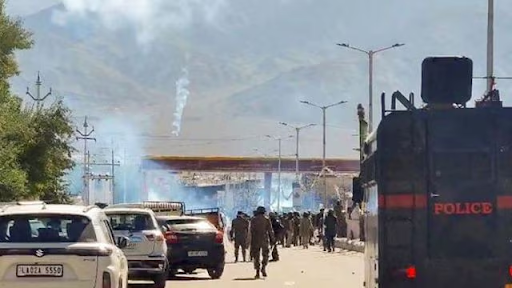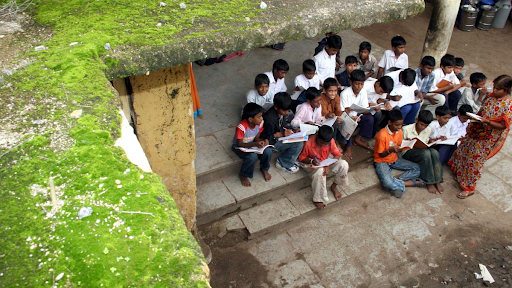





Disclaimer: Copyright infringement is not intended.
Context:
Digital Bharat Nidhi initiative
This initiative replaces the Universal Service Obligation Fund (USOF), addressing historical criticisms of fund underutilization and bureaucratic inefficiencies.
Need for the DBN ( Issues in USOF):
|
About USOF ●USOF originated from Rowland Hill's postal reforms in 1837, later evolving to include telecommunications services under the Indian Telegraph (Amendment) Act, 2006. ●It Was created in 2003 to improve telecom services in parts of the country that don’t make a lot of money. It is funded by a 5% tax on telecom operators’ adjusted gross revenue (AGR). Objective: USOF aims to provide affordable mobile and digital services in rural and remote areas, ensuring equitable access to knowledge and information for socio-economic development. Administration: Managed by an Administrator appointed by the Central Government, USOF operates under the Department of Telecommunications (DoT), Ministry of Communications. Functions: ●Facilitates the Telecom Technology Development Fund (TTDF) to support indigenous technology for affordable broadband and mobile services. ●Promotes research, standards development, and ecosystem building for telecom infrastructure in rural areas. |
Conclusion:
Source:
|
PRACTICE QUESTION Q) Consider the following statements regarding the Digital Bharat Nidhi initiative:
Which of the statements above is/are correct? A. Only 1 and 2 are correct. B. Only 2 and 3 are correct. C. Only 3 and 4 are correct. D. Only 1, 2, and 4 are correct. Answer: D. Only 1, 2, and 4 are correct. Explanation: ●Statement 1 is Correct: Digital Bharat Nidhi is indeed intended to replace the Universal Service Obligation Fund (USOF). The USOF was criticized for underutilization of funds and bureaucratic inefficiencies in rural telecom infrastructure development. Digital Bharat Nidhi aims to address these shortcomings by broadening its scope and enhancing effectiveness in extending telecom services to underserved areas. ●Statement 2 is Correct: Digital Bharat Nidhi is financed through a levy on telecom operators' revenue. This levy, known as the Universal Service Levy, constitutes 5% of the Adjusted Gross Revenue (AGR) of telecom operators. The funds collected through this levy are deposited into the Consolidated Fund of India (CFI) and then allocated to Digital Bharat Nidhi for rural telecom infrastructure development. ●Statement 3 is Incorrect: While Digital Bharat Nidhi aims to enhance rural telecom infrastructure, it does not solely focus on funding research and development in the telecom sector. Instead, its scope includes extending telecom access to rural, remote, and urban underserved areas, promoting inclusive growth through enhanced connectivity. ●Statement 4 is Correct: An administrator appointed by the Department of Telecommunications (DoT) does oversee the implementation and funding modalities of Digital Bharat Nidhi. This administrator plays a crucial role in selecting implementers through competitive bidding and ensuring effective utilization of funds for rural telecom infrastructure projects. |






© 2025 iasgyan. All right reserved